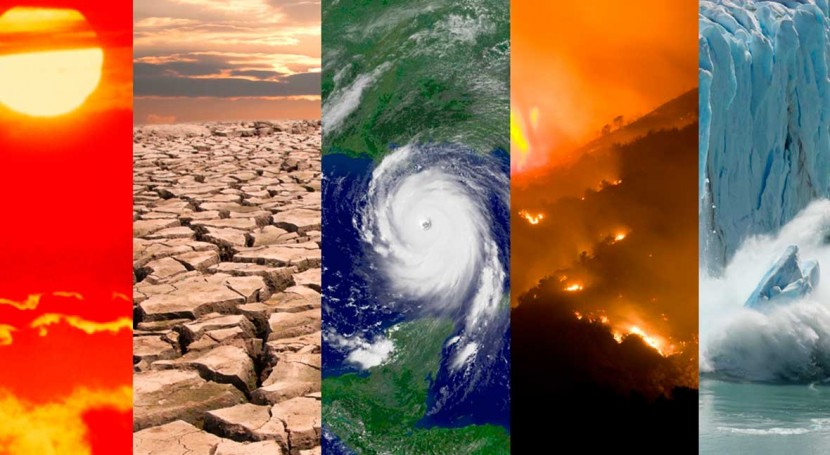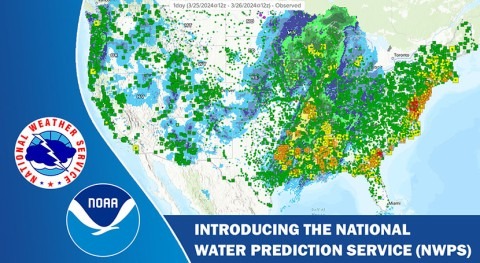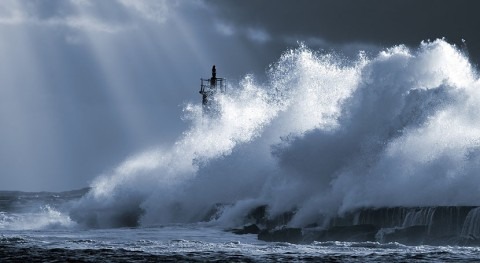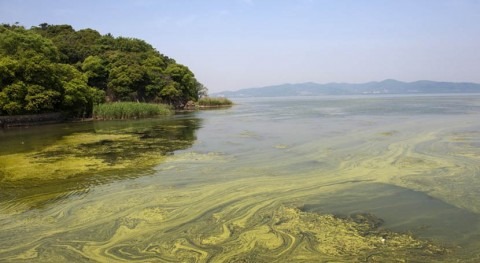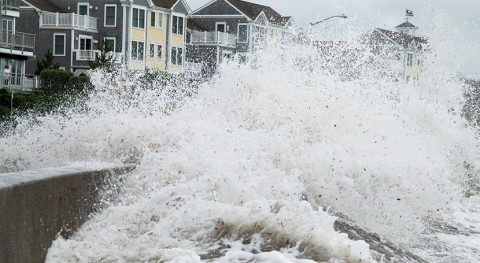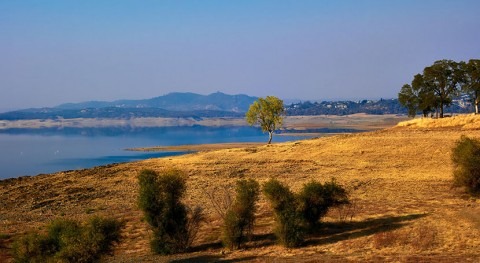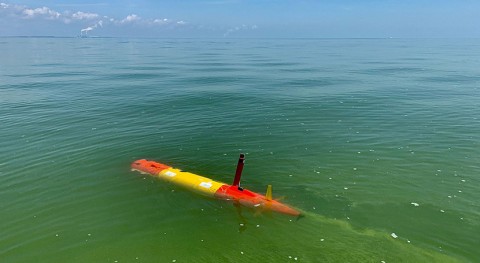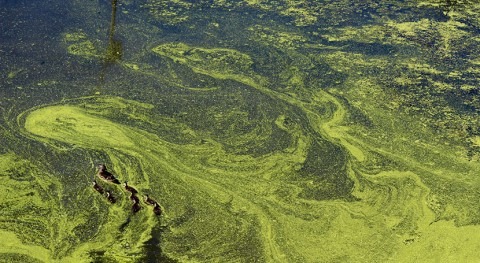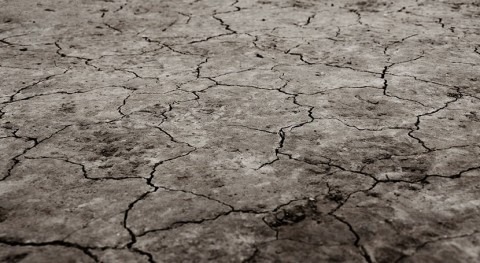In the span of 141 years of climate records, there has never been a warmer January than last month, according to scientists at NOAA’s National Centers for Environmental Information.
What’s more, the temperature departure from average was the highest monthly departure ever recorded without an El Niño present in the tropical Pacific Ocean.
January 2020 marked the 44th consecutive January and the 421st consecutive month with temperatures, at least nominally, above the 20th-century average.
Here’s more from NOAA’s January global climate report:
Climate by the numbers
January 2020
The January global land and ocean surface temperature was the highest on record at 2.05 degrees F (1.14 degrees C) above the 20th-century average. This surpassed the record set in January 2016 by 0.04 of a degree F (0.02 of a degree C).
The four warmest Januaries documented in the climate record have occurred since 2016; the 10 warmest have all occurred since 2002.
Breaking the month down by hemispheres, the Northern Hemisphere also had its warmest January on record, at 2.70 degrees F (1.50 degrees C) above average. The Southern Hemisphere had a departure of 1.40 degrees F (0.78 of a degree C) above average — its second-warmest January on record after January 2016.

A map of the world noting some of the most significant weather climate events that occurred during January 2020
More notable climate events in the January report:
- Lots of regional heat to go around. Record-warm temperatures were seen across parts of: Scandinavia, Asia, the Indian Ocean, the central and western Pacific Ocean, the Atlantic Ocean, and Central and South America. No land or ocean areas had record-cold January temperatures.
- Polar sea ice coverage remained smaller than normal. Arctic sea ice extent (coverage) was 5.3 percent below the 1981–2010 average, tying with 2014 as the eighth-smallest January extent in the 42-year record. Antarctic sea ice coverage during January was 9.8 percent below the average and tied with January 2011 as the 10th smallest.
- Snow cover was lacking. Northern Hemisphere snow coverage was below the 1981–2010 average, having the 18th-smallest January snow cover in the 54-year record.


